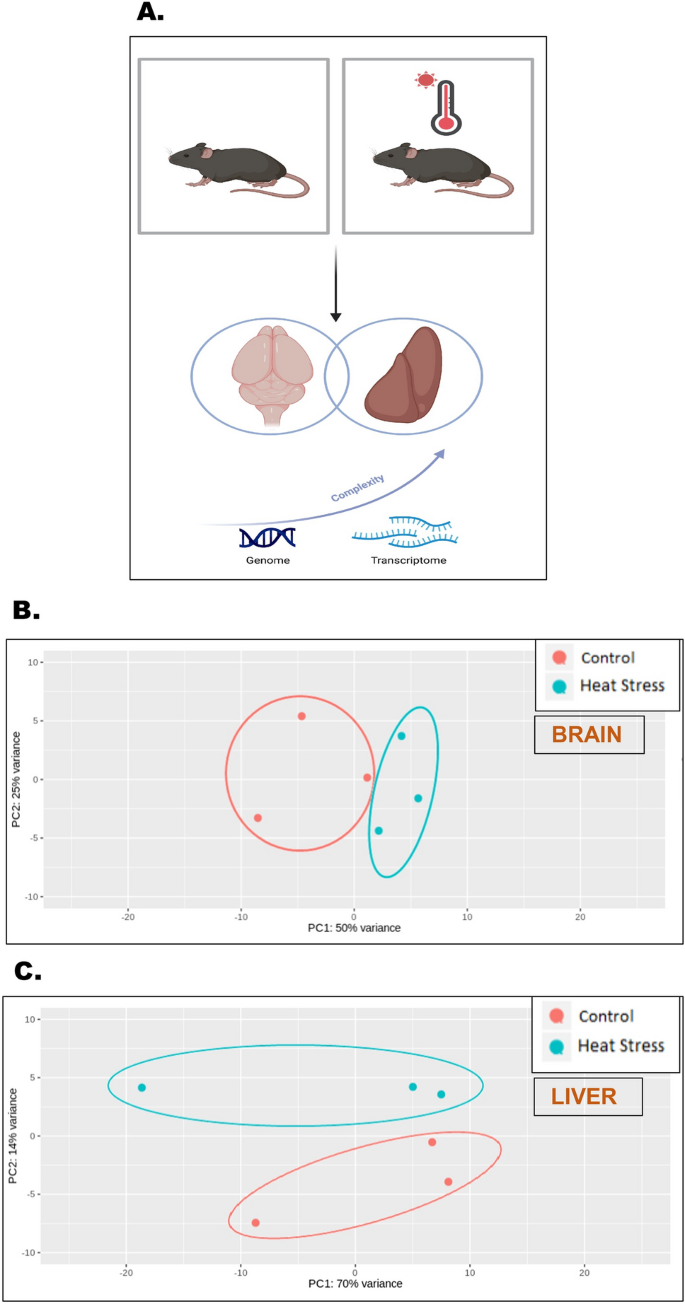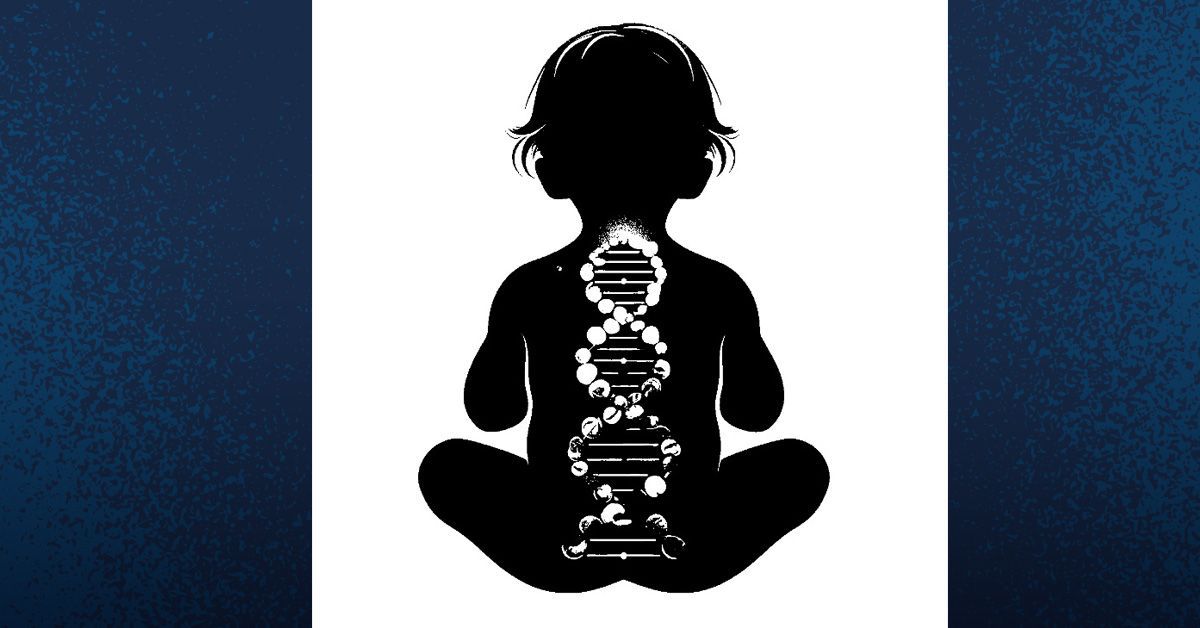2024-04-08 カリフォルニア大学校アーバイン校(UCI)
◆この臓器間の複雑なコミュニケーションシステムを理解することは、人間の健康を守る上で重要です。研究チームはマウスモデルを用いて熱ストレスが腸-肝臓-脳の連携に与える影響を調査し、脳と肝臓における熱ストレス関連遺伝子を発見しました。特に、肝臓で生成されるタンパク質ORM2の生産が熱ストレスを受けたマウスで著しく増加しており、腸の炎症と不均衡が原因である可能性があります。
◆この研究は、熱ストレスによる肝疾患予防のためのバイオマーカー介入の可能性も示唆しており、今後の研究の基盤となるでしょう。
<関連情報>
- https://news.uci.edu/2024/05/08/uc-irvine-study-shows-damaging-impact-of-heat-waves-on-vital-organs/
- https://www.nature.com/articles/s41598-024-60664-9
高齢者における周期的熱波誘発性神経細胞障害は腸-肝臓-脳軸によって媒介される:トランスクリプトームプロファイリングアプローチ Periodic heat waves-induced neuronal etiology in the elderly is mediated by gut-liver-brain axis: a transcriptome profiling approach
Subhajit Roy,Punnag Saha,Dipro Bose,Ayushi Trivedi,Madhura More,Christina Lin,Jie Wu,Melanie Oakes & Saurabh Chatterjee
Scientific Reports Published:08 May 2024
DOI:https://doi.org/10.1038/s41598-024-60664-9

Abstract
Heat stress exposure in intermittent heat waves and subsequent exposure during war theaters pose a clinical challenge that can lead to multi-organ dysfunction and long-term complications in the elderly. Using an aged mouse model and high-throughput sequencing, this study investigated the molecular dynamics of the liver-brain connection during heat stress exposure. Distinctive gene expression patterns induced by periodic heat stress emerged in both brain and liver tissues. An altered transcriptome profile showed heat stress-induced altered acute phase response pathways, causing neural, hepatic, and systemic inflammation and impaired synaptic plasticity. Results also demonstrated that proinflammatory molecules such as S100B, IL-17, IL-33, and neurological disease signaling pathways were upregulated, while protective pathways like aryl hydrocarbon receptor signaling were downregulated. In parallel, Rantes, IRF7, NOD1/2, TREM1, and hepatic injury signaling pathways were upregulated. Furthermore, current research identified Orosomucoid 2 (ORM2) in the liver as one of the mediators of the liver-brain axis due to heat exposure. In conclusion, the transcriptome profiling in elderly heat-stressed mice revealed a coordinated network of liver-brain axis pathways with increased hepatic ORM2 secretion, possibly due to gut inflammation and dysbiosis. The above secretion of ORM2 may impact the brain through a leaky blood–brain barrier, thus emphasizing intricate multi-organ crosstalk.


